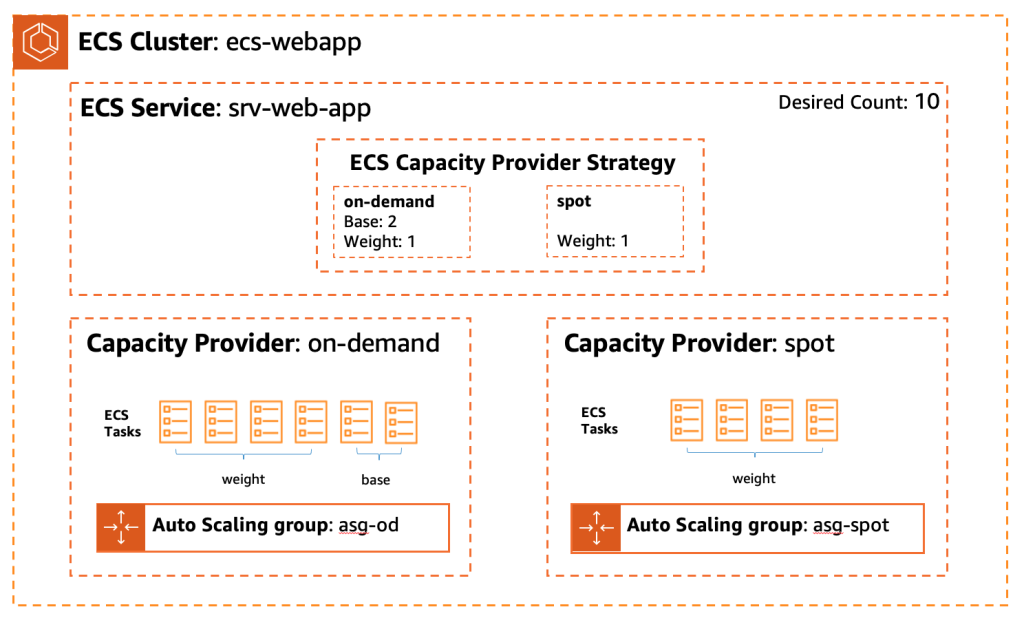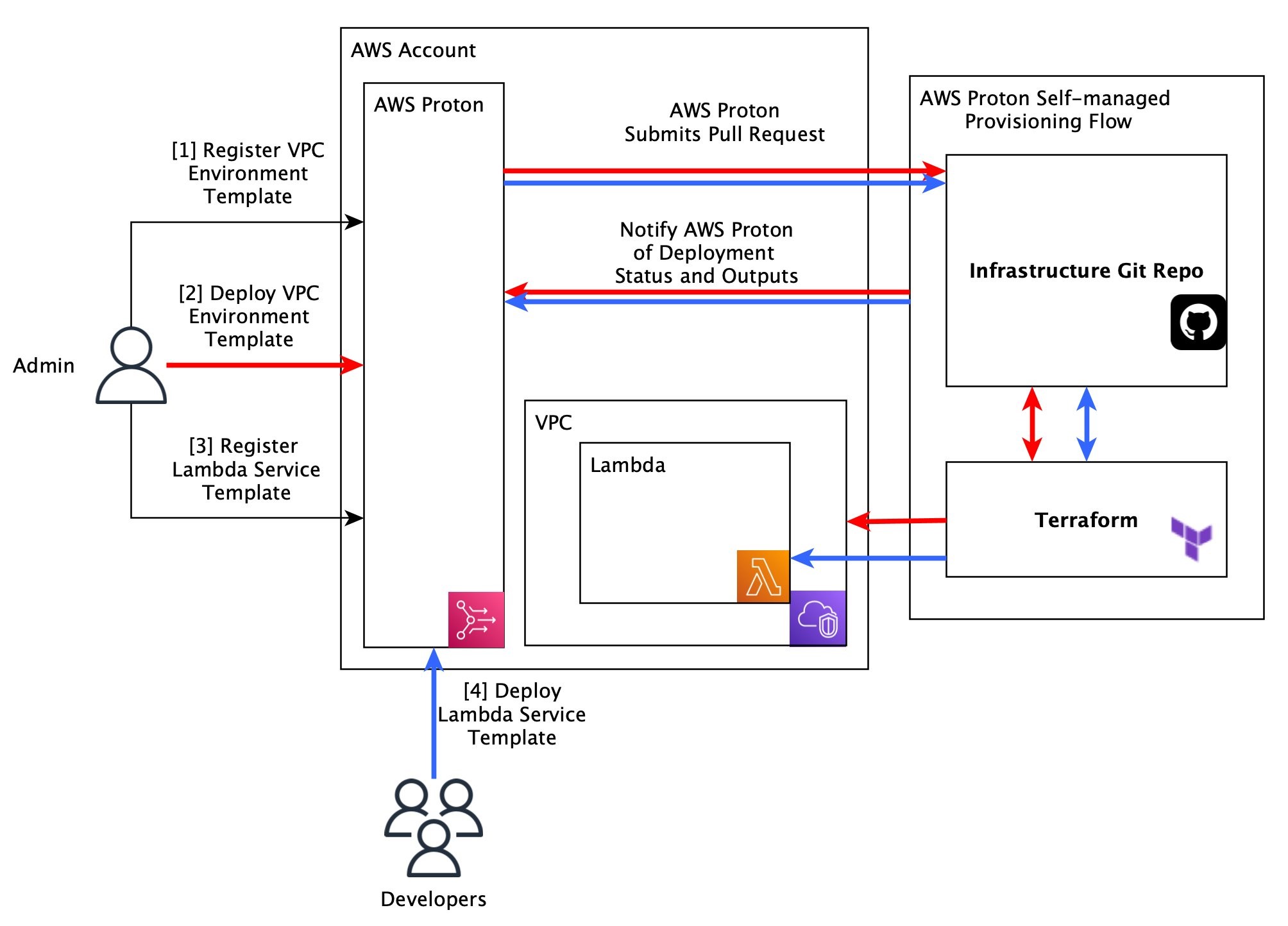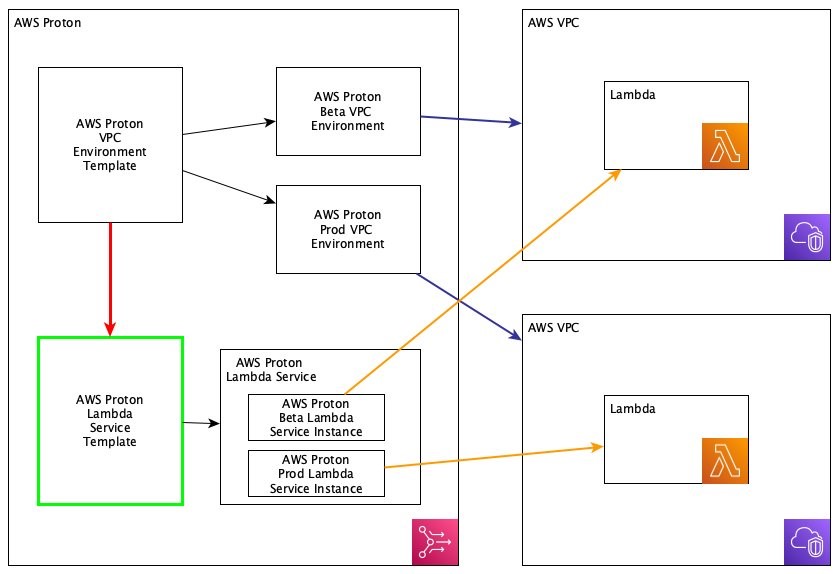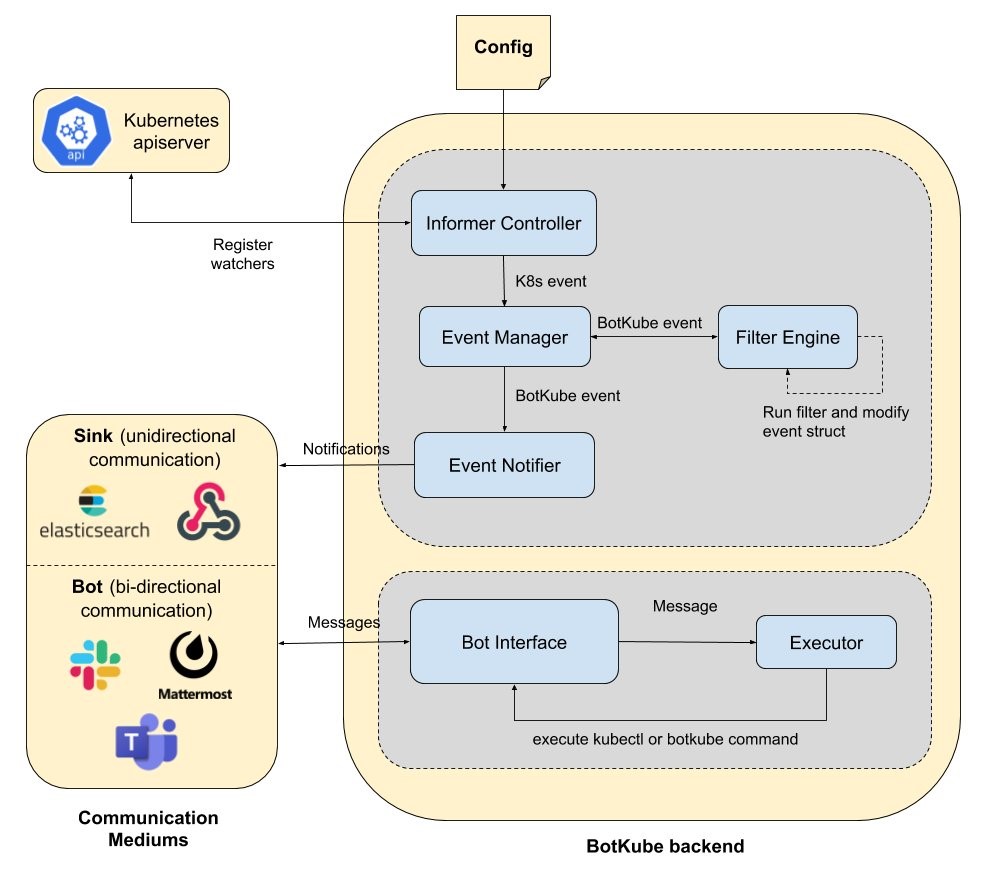Containers
Category: *Post Types
Under the hood: Amazon Elastic Container Service and AWS Fargate increase task launch rates
Since 2015, hundreds of thousands of developers have chosen Amazon Elastic Container Service (Amazon ECS) as their orchestration service for cluster management. Developers trust Amazon ECS with the lifecycle of their mission-critical applications, from initial deployment to rolling out new versions of their code and autoscaling in response to changing traffic levels. Alongside these long-lived application tasks, Amazon […]
Tracing an AWS App Runner service using AWS X-Ray with OpenTelemetry
Introduction AWS App Runner is a fully managed service that developers can use to quickly deploy containerized web applications and APIs at scale with little to no infrastructure experience. You can start with source code or a container image. App Runner will fully manage all infrastructure, including servers, networking, and load balancing, for your application. App […]
Optimize cost for container workloads with ECS capacity providers and EC2 Spot Instances
Amazon EC2 Spot Instances use spare Amazon Elastic Compute Cloud (Amazon EC2) capacity at up to a 90% discount compared to On-Demand prices. Amazon EC2 can interrupt Spot Instances with a two-minute notification when EC2 needs the capacity back. Spot Instances are an ideal option for applications that are stateless, fault-tolerant, scalable, and flexible, such as big data, […]
Athenahealth QMaaS: Optimizing throughput and costs with Amazon ECS & EC2 Spot
Karthik Kalkur, Senior Architect, Athenahealth, Jayaprakash Alawala, Specialist Solution Architect (Containers), AWS, and Sridhar Bharadwaj, Sr EC2 Spot Specialist, AWS This guest blog post is contributed by Karthik Kalkur, a Senior Architect at athenahealth, in partnership with AWS Specialist Solution Architect for Containers, Jayaprakash Alawala, and AWS Sr. EC2 Spot Specialist, Sridhar Bharadwaj. Athenahealth is […]
Introducing Amazon ECS Exec to access your Windows containers on Amazon EC2 and AWS Fargate
Today, we are launching the Amazon ECS Exec functionality for Amazon Elastic Container Service (Amazon ECS) customers running Windows containers on Amazon Elastic Compute Cloud (Amazon EC2), AWS Fargate or Amazon ECS Anywhere. This feature enables you to run commands in or get a shell to a container. In this blog post, we will walk […]
Amazon EBS CSI driver is now generally available in Amazon EKS add-ons
Introduction To provide workloads with optional persistent storage, Kubernetes implements volume lifecycle operations and supports various types of storage for use with these operations. Currently, storage provider–specific code is kept in the Kubernetes project source code, which is referred to as in-tree. This code is complex to maintain and release, and is tied to the […]
Managing Pod Scheduling Constraints and Groupless Node Upgrades with Karpenter in Amazon EKS
Overview Karpenter is a high-performance Kubernetes cluster autoscaler that can help you autoscale your groupless nodes by letting you schedule layered constraints using the Provisioner API. Karpenter also makes node upgrades easy through the node expiry TTL value ttlSecondsUntilExpired. This blog post will walk you through all of the steps to make this possible, and […]
AWS Proton Self-Managed Provisioning
This is part two of two blog posts regarding this release: in this post, we address a second feature that recently launched, which is connecting AWS Proton with a self-managed provisioning workflow. To read part one, where we cover how to author AWS Proton Templates using HashiCorp Configuration Language (HCL) and Terraform, see AWS Proton Terraform […]
AWS Proton Terraform Templates
At re:Invent 2020, AWS launched a new service, AWS Proton, aimed at helping automate and manage infrastructure provisioning and code deployments for serverless and container-based applications. At launch, AWS CloudFormation was the only option available to customers for provisioning their infrastructure through AWS Proton. Supporting HashiCorp Terraform is currently the most upvoted item on our public […]
Streaming Kubernetes Events in Slack
IT operations teams know that detecting an issue early on can help them avert downtime and cascading failures. Many teams stay on top of infrastructure events by using built-in alert management capabilities in monitoring tools such as Prometheus and Amazon CloudWatch. However, these alert rules are configured centrally in monitoring tools, and engineers often receive […]









